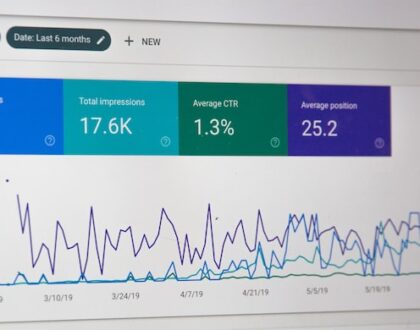The future of shopping: bopis, showrooming, and hybrid channels

by local
The future of shopping: bopis, showrooming, and hybrid channels
Nobody should be surprised that consumer acceptance of e-commerce increased during the pandemic. While in-person shopping is far from extinct, the role of businesses in the customer journey has evolved to meet new requirements and preferences. According to the results of our Shopper Story 2022 study, more customers than ever are embracing what we call hybrid shopping—carrying out their purchase experience across both online and offline channels.
Online touchpoints are increasingly preceding offline occurrences.
According to our findings, BOPIS (buy online, pick up in-store) and ROPO (research online, purchase offline) have increased since 2019.
This suggests that a rising percentage of shoppers feel at ease navigating a path to purchase that combines the benefits of eCommerce (e.g., more variety, ability to rapidly compare) with what an offline experience can offer (e.g., special incentives, like lower in-store prices).
BORIS (Buy Online, Return In-Store) draws both new and returning clients.
With the rise of convenient purchase choices, there are now more convenient ways to return. Enter BORIS (buy online, return in-store), which enables consumers to have more of the frictionless experience they desire.
By bringing customers back into stores, BORIS not only generates the potential for cross-selling and upselling, but it may also make it more tempting for customers to buy in the first place. According to Statista research, one-third of buyers worldwide cite a “simple return policy” as a top reason for purchasing a product when shopping online.
According to Narvar’s research, nearly half of US consumers who rated their return as “simple” had the option of dropping off things at a convenient location. Easy returns also lead to increased loyalty: 76% of first-time consumers who had an easy return experience indicated they would return to that retailer.
Showrooming is still a significant aspect of the customer experience.
Despite pandemic-induced modifications to the retail experience (like wearing masks), 72% of consumers said they still showroom (browse for products in stores and then buy online), the same share as in 2019.
What has changed is how frequently consumers purchase online while in a store. According to our Shopper Story 2022 poll, 51% “click and ship” (purchase from their phone while within a retailer’s store from that retailer’s website), and nearly six out of ten “scan and scram” (purchase from another retailer’s website while inside a retailer’s store).
What is the takeaway? Most consumers still consider retailers as part of their decision-making process, but competition for where they buy is increasing.
Shopping at stores is still enjoyable.
According to our research, stores are still as powerful a lure now as they were in 2019: about six in ten customers look forward to shopping in stores when they have time, and four in ten will not buy unless they can see and touch products in a store.
The data also demonstrates the significance of stores in product discovery. In 2019, 44% of respondents stated they liked going to stores to check what was new or trendy. This figure is expected to rise to 48% by 2021, demonstrating that customers believe retailers are a reliable source for keeping up with the current trends.
Recommended Posts

Can Attentiveness Actually Drive Campaign Success?
November 8, 2024

Marketers Must Create Time for Time Management
October 25, 2024

Maximizing Revenue Growth Through Sales and Marketing Alignment
October 11, 2024
